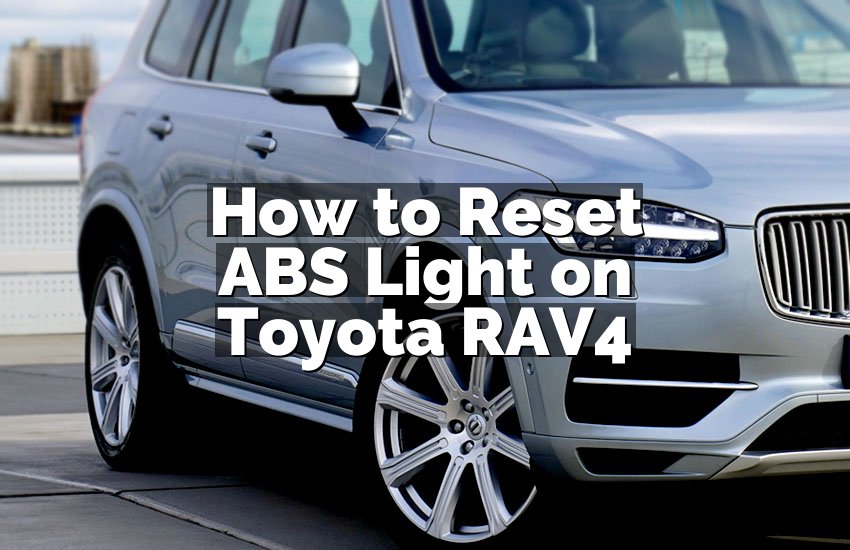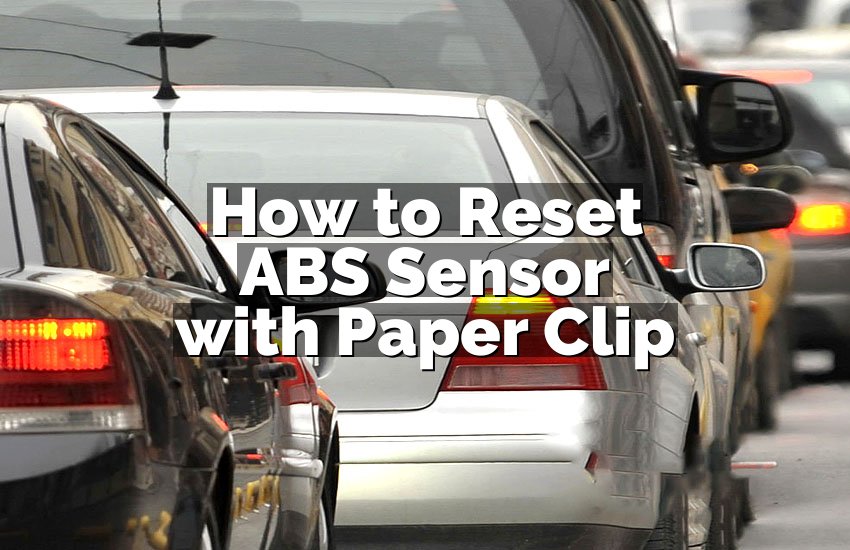Ever felt your car shaking like a leaf between 30 and 40 mph, or maybe at 60 mph? It’s like sitting on a washing machine during the spin cycle, right? But don’t worry, you’re not alone! Lots of people have this problem.
So, why does it happen? Well, there are a few reasons. Sometimes it’s just a simple fix, like your wheels being out of balance. It’s like when your bike wobbles because one wheel is heavier than the other. Other times, it could be because your tires are worn out or not properly inflated. Imagine trying to walk in shoes with holes in them – it’s not gonna be smooth!
But wait, there’s more! Your car’s suspension system could be acting up. It’s like the shock absorbers and springs that make your car ride comfy. If they’re worn out or damaged, it’s like riding a roller coaster instead of cruising smoothly.
Another reason could be your brakes. Yep, those things that make your car stop. If they’re worn out or warped, they can make your car shake like a leaf. It’s like trying to stop a bicycle with rusty brakes – not fun!
So, if your car feels like it’s doing the jitterbug on the road, don’t ignore it! Get it checked out by a mechanic. Remember, a smooth ride is a happy ride!

Causes Of Car Vibrations
Tire Issues
If your car vibrates between 30-40 mph and 60 mph, tire-related issues are often to blame. Here are some common culprits:
- Uneven tire wear: Uneven wear on your tires can disrupt the balance and cause vibrations. Regular tire rotations and balance checks can prevent this issue.
- Tire damage: Damage such as bulges, bubbles, or uneven tread wear can also lead to vibrations. Inspect your tires regularly for these signs and replace them as needed.
- Tire pressure: Improper tire pressure can affect the balance and cause vibrations. Ensure your tires are inflated to the manufacturer’s recommended pressure.
Wheel Alignment Problems
Improper wheel alignment can be another reason for car vibrations. When your wheels are not aligned correctly, they can cause uneven tire wear and affect the smoothness of your ride. Here are some indicators of wheel alignment problems:
- Uneven steering: If your car pulls to one side when driving, it could be a sign of misaligned wheels.
- Uneven tire wear: Similar to tire issues, uneven wear can indicate wheel alignment problems.
Regular wheel alignment checks and adjustments can help prevent vibrations and ensure optimal performance.
Suspension Problems
A faulty suspension system can also contribute to vibrations in your car. Here are some potential suspension-related causes:
- Worn-out shock absorbers: Damaged or worn-out shocks can lead to excessive bouncing and vibrations while driving.
- Broken or worn suspension components: Broken or worn-out components such as control arms or bushings can disrupt the stability of your car’s suspension, resulting in vibrations.
If you suspect suspension problems, it is advisable to have your car inspected by a professional who can diagnose and repair any issues.
Identifying and addressing the causes of car vibrations is essential to maintain a smooth and comfortable driving experience. By understanding the tire issues, wheel alignment problems, and suspension problems that can lead to vibrations, you can take the necessary steps to resolve these issues promptly and ensure the safety of your vehicle and passengers.
1. Tire Issues
Your car’s vibrations between specific speeds can be a result of various factors, one of which could be related to tire issues. Addressing these concerns promptly is crucial to ensure a smooth, safe driving experience. Below, we’ll explore some key tire-related reasons for these vibrations.
Uneven Tire Wear
Uneven tire wear is a common culprit behind the unsettling vibrations you may be experiencing. This issue can be caused by misaligned wheels, worn suspension components, or improper inflation. Regular tire rotations and wheel alignments play a pivotal role in preventing uneven wear and maintaining proper balance across all tires, thereby minimizing vibrations during your drive.
Tire Imbalance
Tire imbalance can lead to noticeable vibrations, particularly at certain speeds. When a tire is imbalanced, it can create an uneven distribution of weight around the wheel and tire assembly, causing the car to vibrate. This imbalance might stem from issues such as lost wheel weights, manufacturing defects, or uneven tire wear due to lack of proper maintenance. Timely tire balancing can help mitigate these vibrations, promoting a smoother and more enjoyable driving experience.
2. Wheel Alignment Problems
Experiencing vibrations in your car at specific speeds? Wheel misalignment could be to blame. Misaligned wheels can cause the car to vibrate between 30-40 mph and 60 mph, leading to uneven tire wear and poor handling. Getting a professional wheel alignment can help resolve these issues and restore a smoother ride.
Misaligned Wheels
If your car vibrates between 30-40 mph or 60 mph, misaligned wheels are often the culprits. Misalignment occurs when the angles of the wheels deviate from the manufacturer’s specifications.
Common Signs Of Misaligned Wheels Include
- Uneven tire wear
- Steering wheel pulling to one side
- Car drifting to the side
Effects Of Misaligned Wheels
Misaligned wheels can lead to accelerated tire wear, reduced fuel efficiency, and compromised vehicle handling. It is crucial to address alignment issues promptly to prevent further damage.
3. Suspension Problems
A car vibrating between specific speeds like 30-40 mph and 60 mph could point towards suspension issues. These problems can affect your driving experience and vehicle safety. Here are some common suspension-related reasons for these vibrations:
Worn Out Shocks Or Struts
- Old shocks or struts can’t effectively dampen road vibrations.
- Causing the car to bounce excessively and create vibrations.
- Regular inspection and replacement is essential.
Broken Or Damaged Suspension Components
- Cracked or bent components can lead to unstable driving.
- Resulting in vibrations felt through the steering wheel.
- Ensure all suspension parts are in good condition.
Solving Car Vibrations
When it comes to solving car vibrations, there are a few key areas to consider in order to ensure a smooth and comfortable ride. Regular tire maintenance, wheel alignment services, and suspension inspection and repair play crucial roles in addressing the issues causing vibrations at specific speeds.
Regular Tire Maintenance
Proper tire maintenance is essential for a smooth driving experience. Regularly checking tire pressure and ensuring tire balance and rotation can help prevent vibrations. It’s also important to replace worn-out tires to avoid uneven wear and potential vibrations.
Wheel Alignment Services
Wheel misalignment can lead to vibrations at certain speeds. Seeking professional wheel alignment services can rectify this issue, ensuring that the wheels are properly aligned and balanced for a smoother and more stable driving experience.
Suspension Inspection And Repair
The suspension system plays a vital role in controlling vibrations and maintaining a comfortable ride. Conducting regular suspension inspections and addressing any required repairs or replacements can help eliminate vibrations caused by worn-out suspension components.
Regular Tire Maintenance
In order to ensure a smooth and comfortable ride, it’s important to regularly maintain your car’s tires. Neglecting tire maintenance can lead to various issues, including vibrations between certain speeds. By following a few simple steps, you can prevent these vibrations and keep your car running smoothly.
Checking Tire Pressure
One of the first things you should do to maintain your tires is to regularly check the tire pressure. Low tire pressure can cause your car to vibrate, especially at higher speeds. To check the tire pressure, you will need a tire pressure gauge.
Simply remove the valve cap from each tire, place the gauge onto the valve stem, and press down firmly. The gauge will provide you with a reading, which you can compare to the recommended pressure provided by your car’s manufacturer. If the pressure is too low, you can inflate the tires using an air pump or visit a nearby gas station.
Rotating And Balancing Tires
Another important aspect of tire maintenance is regular tire rotation and balancing. Over time, tires wear unevenly due to factors like weight distribution and driving habits. This can cause your car to vibrate, especially when driving at certain speeds.
Rotating and balancing your tires helps ensure even wear, resulting in a smoother ride. A good rule of thumb is to rotate your tires every 6,000 to 8,000 miles, or as recommended by your car’s manufacturer.
Additionally, have your tires balanced at the same time to ensure optimal performance. Tire rotation and balancing can be done at a local tire shop or by a qualified mechanic.
By performing regular tire maintenance, including checking tire pressure and rotating and balancing your tires, you can prevent vibrations between certain speeds. Taking the time to care for your tires will not only improve your driving experience but also extend the lifespan of your tires.
Wheel Alignment Services
One of the potential reasons behind the vibration in your car at specific speeds lies in the condition of your wheels. When your wheels are not aligned properly, it can lead to an uncomfortable and shaky ride. Wheel alignment services can help address this issue and provide a smoother driving experience. Let’s take a closer look at what professional wheel alignment entails.
Professional Wheel Alignment
Professional wheel alignment is a service performed by qualified technicians to adjust the angles of your wheels to the manufacturer’s specifications. This process ensures that the wheels are perpendicular to the ground and parallel to each other. By correctly aligning your wheels, you can prevent uneven tire wear, improve fuel efficiency, and most importantly, alleviate vibrations at specific speeds.
Adjusting Camber, Caster, And Toe
During a professional wheel alignment, three primary angles are adjusted: camber, caster, and toe.
Camber refers to the tilt of the wheels when viewed from the front or rear of the vehicle. When the top of the wheel tilts inward, it is called negative camber, and when it tilts outward, it is known as positive camber. An improper camber can lead to uneven tire wear and vibrations. The technician will make necessary adjustments to ensure the camber is within the acceptable range.
Caster is the angle that controls the steering stability of your vehicle. It is the forward or backward tilt of the steering axis when viewed from the side. A proper caster angle allows for straight-line stability and cornering control. If the caster angle is not within specifications, it can contribute to vibrations while driving.
Toe refers to the angle at which the tires turn inward or outward when viewed from above. Incorrect toe alignment can cause your tires to wear unevenly and lead to vibrations. The technician will measure and adjust the toe angle to ensure the tires are parallel to each other and pointing in the correct direction.
During a wheel alignment service, the technician utilizes specialized equipment to measure and adjust these angles precisely. By doing so, they ensure that your wheels are aligned to the manufacturer’s specifications, minimizing vibrations and improving your driving experience.
Remember, the vibration in your car at specific speeds could be a result of misaligned wheels. Get your wheel alignment checked regularly by professionals to maintain a smooth and comfortable ride on the road.
Suspension Inspection And Repair
Replacing Shocks Or Struts
If your car vibrates between 30-40 mph or at 60 mph, worn-out shocks or struts could be the root cause. These vital components of your car’s suspension system play a major role in absorbing the impact of bumps and uneven road surfaces, contributing to a smoother ride. Replacing worn-out shocks or struts can significantly reduce vibrations and enhance the stability and handling of your vehicle.
Fixing Broken Suspension Components
Another potential cause of car vibrations at specific speeds could be broken suspension components. These may include damaged control arms, tie rod ends, or bushings. When these components wear out, they can lead to instability and vibrations. Fixing these broken parts through professional inspection and repair can restore your car’s ride quality and minimize vibrations between specified speeds.
Conclusion
Addressing the cause of your car’s vibration within the specific speed ranges is crucial to ensuring your safety and comfort while driving. By identifying and resolving the underlying issues, you can prevent further damage and maintain the overall performance of your vehicle.
Don’t hesitate to seek professional help for a thorough inspection and diagnosis.


